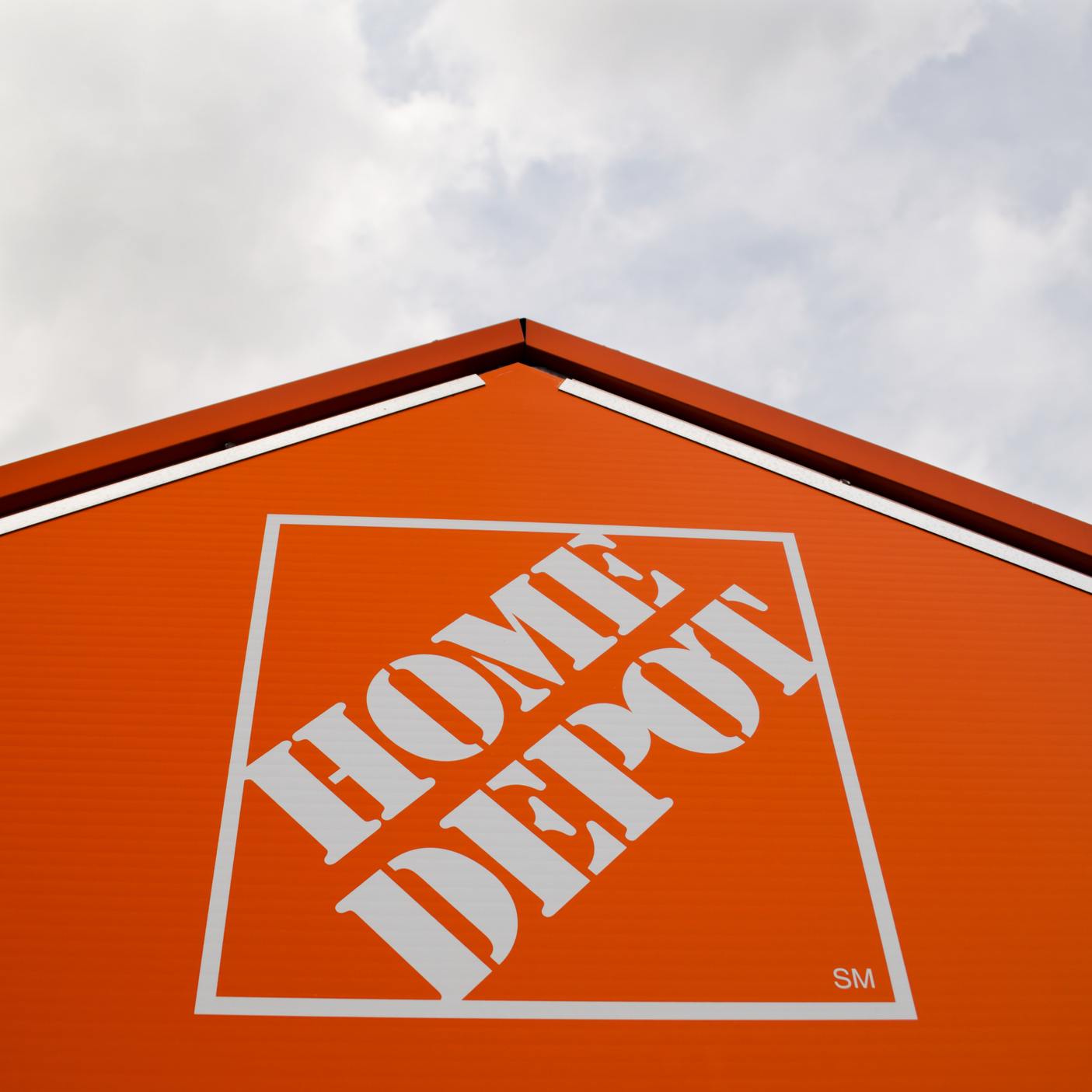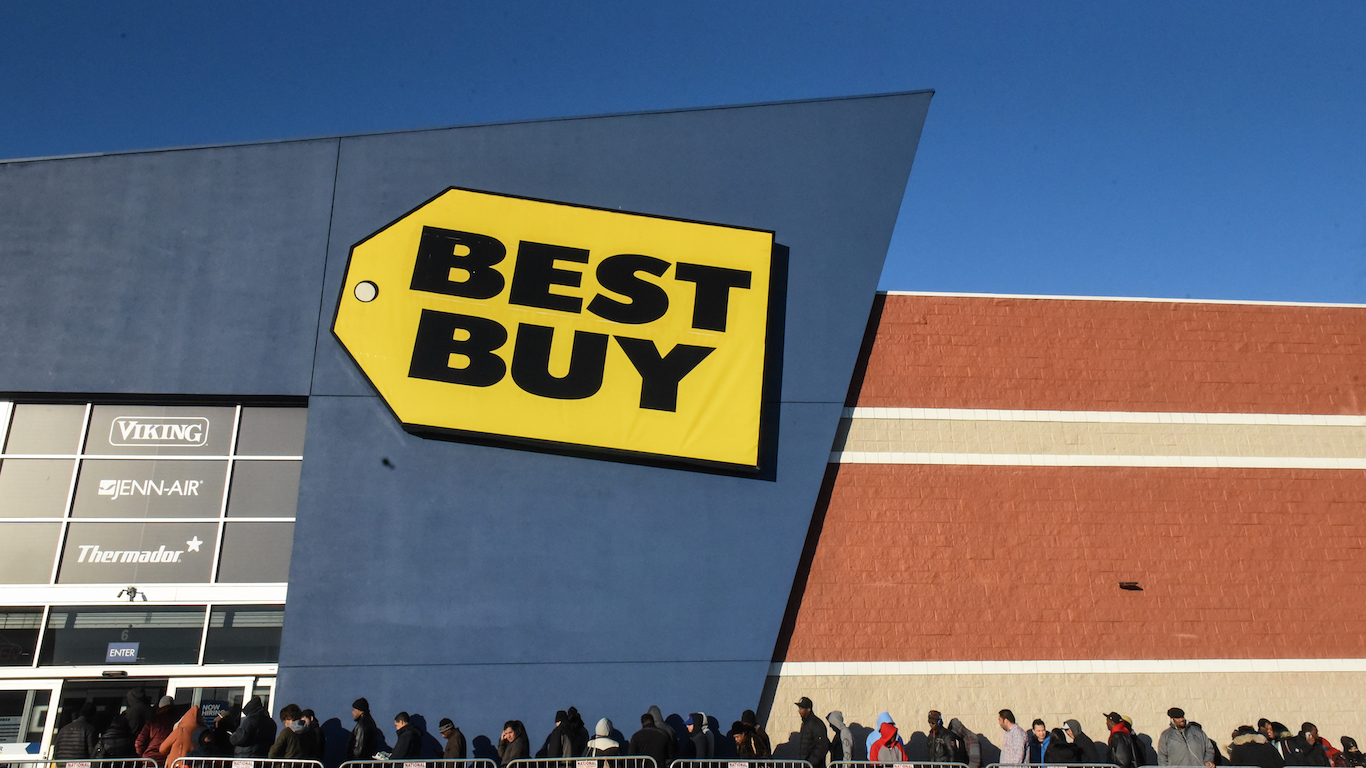
In a federal filing Monday morning, Harley-Davidson Inc. (NYSE: HOG) said that the tariff on motorcycles exported from the United States to Europe will rise from a current 6% to 31% and add an average of $2,200 to the price of a Harley in Europe. The tariff was implemented in retaliation for U.S. President Trump’s 25% tariff on European steel imports.
The company has decided to eat the cost of the tariffs. Calling the tariffs “a tremendous cost increase,” Harley-Davidson said that passing the cost along to dealers and retail customers “would have an immediate and lasting detrimental impact” on its European business.
To stem the loss, Harley-Davidson plans to shift production for motorcycles destined for EU markets from the U.S. to its international facilities. The company said it would take at least nine to 18 months to complete the shift and will require “incremental investment.” Harley did not comment on a potential loss of U.S. jobs.
The company’s managing director for Germany, Austria and Switzerland told Reuters on Saturday that the company has been stockpiling inventory in Europe for three months in anticipation of the tariffs. Harley-Davidson gets hit twice in the trade war battle: once when it imports steel from Europe and again when it exports finished goods to the continent.
Harley-Davidson has manufacturing operations in Brazil, India and Australia. Combined, the three contain about the same number of square feet as the company’s York, Pennsylvania, facility. The Harley-Davidson plant in Brazil assembles selected models of the company’s bikes for sale in the Brazilian market, while the plant in India assembles some models for that country’s market and produces a platform for non-North American markets. The Australian plant produces wheels.
Harley-Davidson estimated its losses:
In the near-term, the company will bear the significant impact resulting from these tariffs, and the company estimates the incremental cost for the remainder of 2018 to be approximately $30 to $45 million. On a full-year basis, the company estimates the aggregate annual impact due to the EU tariffs to be approximately $90 to $100 million.
The company does not believe it has any choice:
Increasing international production to alleviate the EU tariff burden is not the company’s preference, but represents the only sustainable option to make its motorcycles accessible to customers in the EU and maintain a viable business in Europe. Europe is a critical market for Harley-Davidson. In 2017, nearly 40,000 riders bought new Harley-Davidson motorcycles in Europe, and the revenue generated from the EU countries is second only to the U.S.
When Harley-Davidson reported first-quarter earnings in late April, the company said it expected to ship 231,000 to 236,000 motorcycles in 2018 with an operating margin of 9.5% to 10.5%, including costs related to consolidating U.S. operations at its York plant.
The company’s stock traded down about 2.7% in Monday’s premarket to $43.00, after closing at $44.21 on Friday. The 52-week trading range is $39.34 to $56.45, and the 12-month consensus price target is $48.31.
Travel Cards Are Getting Too Good To Ignore (sponsored)
Credit card companies are pulling out all the stops, with the issuers are offering insane travel rewards and perks.
We’re talking huge sign-up bonuses, points on every purchase, and benefits like lounge access, travel credits, and free hotel nights. For travelers, these rewards can add up to thousands of dollars in flights, upgrades, and luxury experiences every year.
It’s like getting paid to travel — and it’s available to qualified borrowers who know where to look.
We’ve rounded up some of the best travel credit cards on the market. Click here to see the list. Don’t miss these offers — they won’t be this good forever.
Thank you for reading! Have some feedback for us?
Contact the 24/7 Wall St. editorial team.
 24/7 Wall St.
24/7 Wall St.



